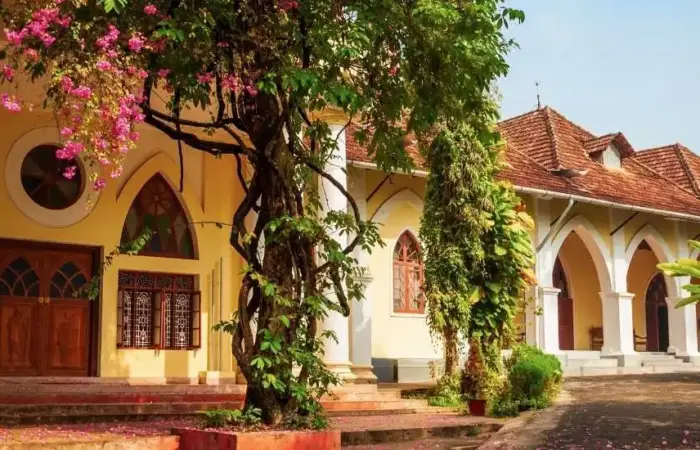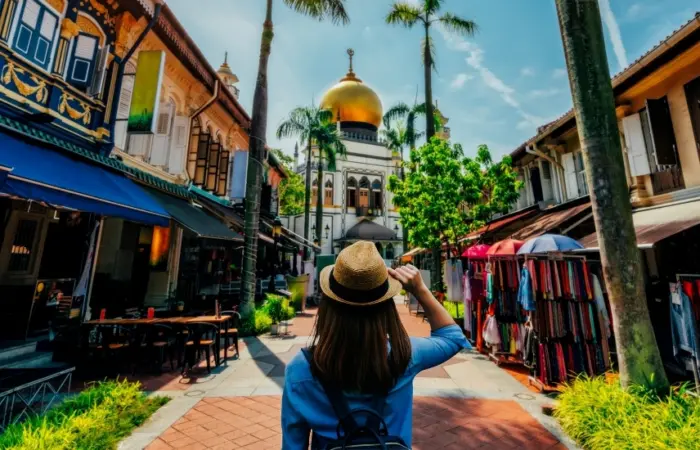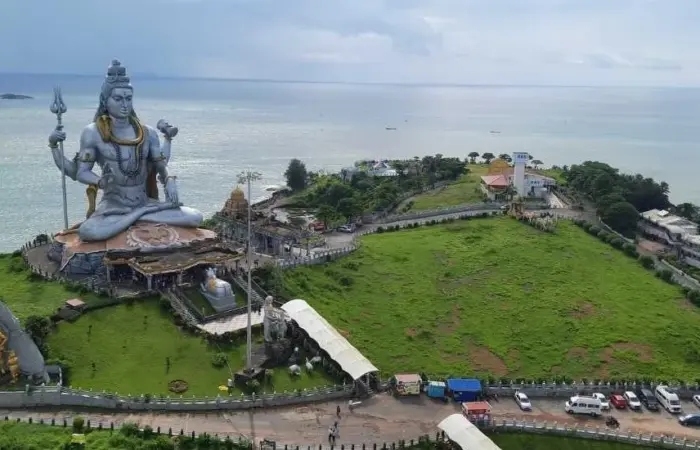
Cherry blossoms, Shibuya crossing, cotton-candy skies – Japan is the dream destination for many people. It is where the past and future live side by side. A country with the latest technology, yet the most vintage feel, Japan, has something for everyone.
From the peaceful countryside of Kyoto to the crowded Tokyo subways, every corner of Japan feels like a journey. Let’s explore Japan, and the best places to visit in this island nation of Eastern Asia, the Land of the Rising Sun, one crossing at a time.
1. Tokyo – futuristic, frenetic, fascinating
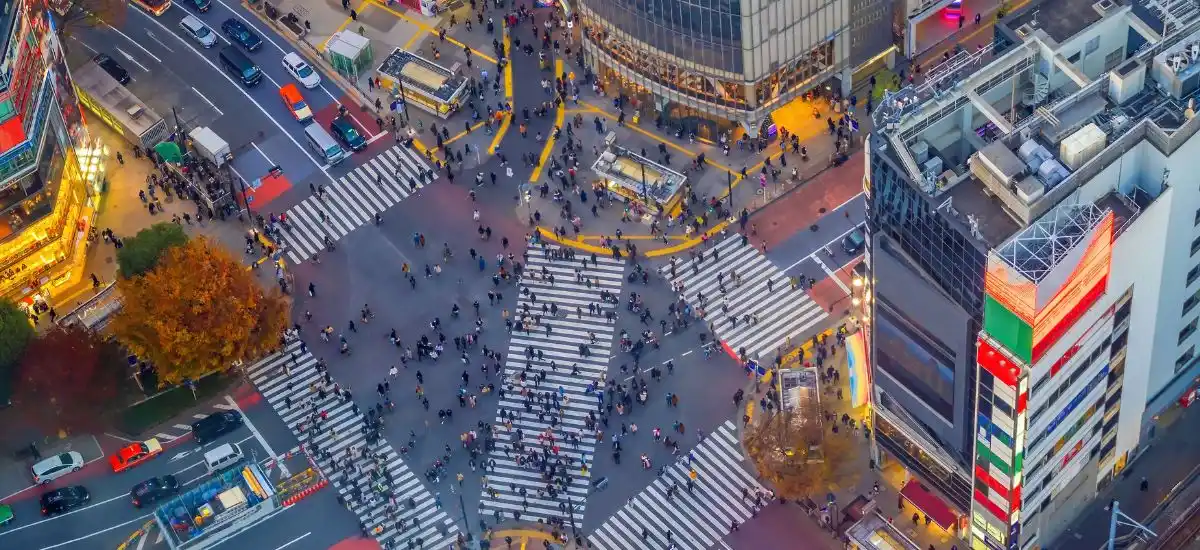
Japan’s pulsating capital is where tradition and innovation collide. Towering skyscrapers stand alongside centuries-old shrines, while the constant motion of Shibuya Crossing contrasts with the calm of hidden gardens. Tokyo is known for its skylines, subways and Shibuya crossings.
Things to Tick Off:
Senso-ji Temple in Asakusa – Tokyo’s oldest temple, founded in 645, where incense smoke is believed to bring good health.
Shibuya Crossing – the world’s busiest pedestrian scramble, symbolising Tokyo’s non-stop hustle, and the neon billboards add to the urban charm.
Meiji Shrine – dedicated to Emperor Meiji and Empress Shoken, a serene forested retreat in the city’s heart.
Tsukiji Outer Market – is known for its street food markets and is the birthplace of sushi culture. Every vendor leaves your soul full and heart fuller.
Tokyo Skytree – the tallest structure in Japan, is the best place to view Mount Fuji on a clear, sunny day.
2.Kyoto – cultural, classical, captivating
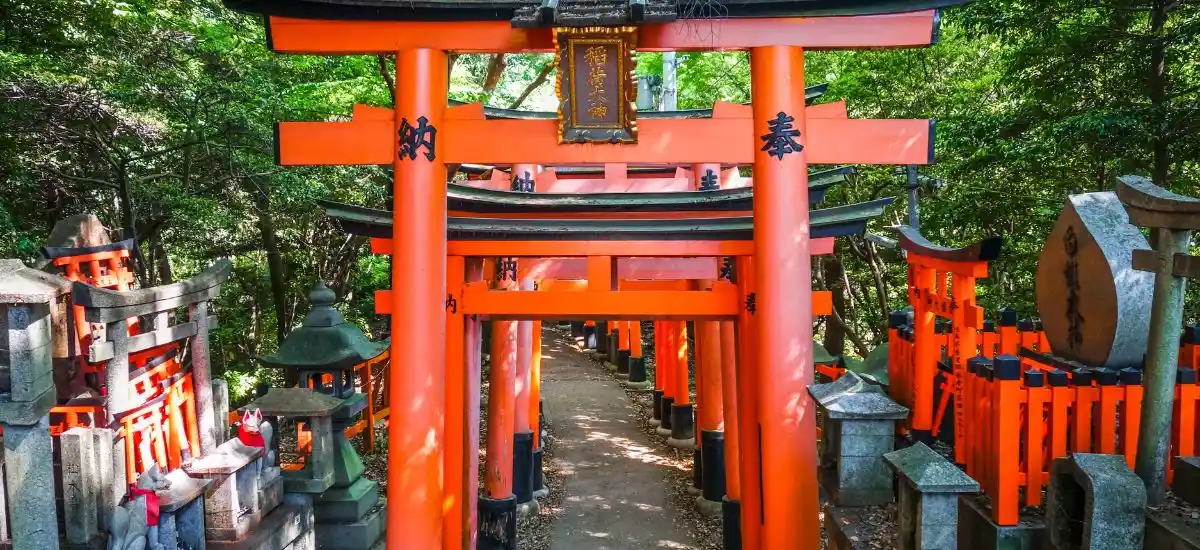
Kyoto was Japan’s imperial capital for more than a millennium. It is home to the history, the heritage and the handlooms. With over 1,600 temples and shrines, it is a city that preserves the timeless beauty of tea ceremonies, geisha traditions, and Zen gardens. Every corner feels like a shrine in itself, carrying grace and serenity.
Things to Tick Off:
Kinkaku-ji (Golden Pavilion) – a Zen temple coated in gold leaf, reflects in its surrounding pond.
Fushimi Inari Taisha – famous for its 10,000 vermilion torii gates, an awe-inspiring path dedicated to the Shinto god of rice.
Gion District – the historic geisha quarter, where wooden machiya houses recall Kyoto’s refined past.
Nijo Castle – a UNESCO site with “nightingale floors” that chirp when walked upon, once home to Tokugawa shoguns.
Arashiyama Bamboo Grove – a natural corridor that has symbolised strength and resilience in Japanese culture.
3.Osaka – vibrant, varied, vivacious
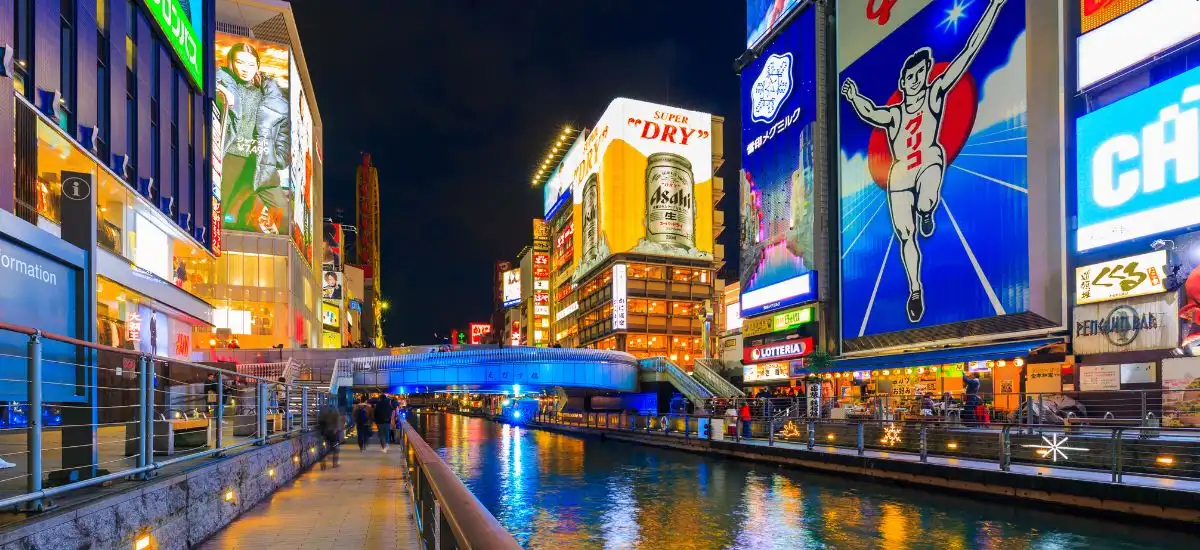
Osaka is Japan’s kitchen and entertainment hub, known for its warmth and energy. Osaka is the place where you feel the electric energy pulsating through the streets. From its roads reflecting the neon colours of billboards to the scent of takoyaki wafting from street stalls, the city is bound to make you fall in love with itself.
Things to Tick Off:
Dotonbori District – a lively canal-side strip of neon signs, theatres, and food stalls, embodying Osaka’s appetite for fun.
Osaka Castle – This was built in the 16th century by Toyotomi Hideyoshi. It symbolises Japan’s unification.
Umeda Sky Building – It is a futuristic twin building joined by a “Floating Garden Observatory” with stunning views.
Kuromon Ichiba Market – the city’s food centre where street food culture has thrived for over two centuries.
Universal Studios Japan – Asia’s top amusement park, it is known for its beautiful rides and lively carnivals.
4. Nara – historic, harmonious, humble
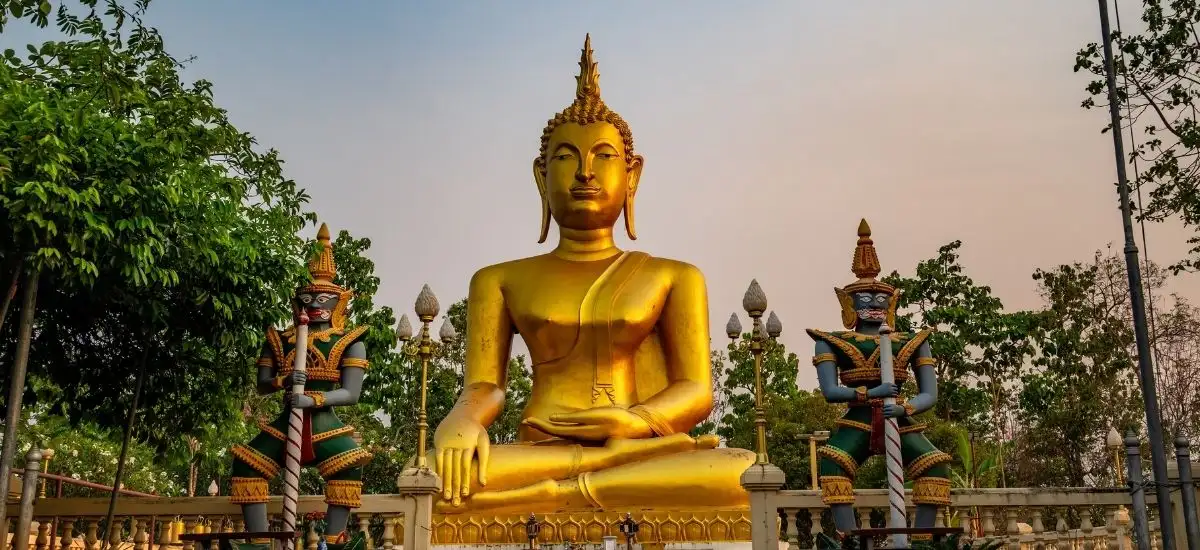
Japan’s first permanent capital, Nara, laid the foundation of the nation’s culture and religion. With giant Buddhas, deer roaming freely, and ancient temples that predate Kyoto, Nara feels like a living museum of early Japan.
Things to Tick Off:
Todai-ji Temple – home to the world’s largest bronze Buddha statue, built in 752 as a symbol of peace and unity.
Nara Park – a vast green space where sacred deer, considered messengers of the gods, wander freely.
Kasuga Taisha Shrine – renowned for its thousands of stone and bronze lanterns, lit during biannual festivals.
Horyu-ji Temple – one of the world’s oldest surviving wooden buildings, a UNESCO World Heritage site.
Naramachi – the preserved old merchant district, showcasing Edo-era townhouses and traditional craft shops.
5.Hiroshima – reflective, resilient, remarkable

Hiroshima is a city reborn from tragedy. Known for the tragic atomic bombing of 1945, it has rebuilt itself with sheer resilience and unity. Today, its memorials and museums inspire reflection, while its vibrant streets showcase how life and hope endure.
Things to Tick Off:
Peace Memorial Park & Museum – documenting the events of August 6, 1945, and advocating for nuclear disarmament.
Atomic Bomb Dome (Genbaku Dome) – a ruin that was preserved and now stands as a haunting symbol of destruction and survival.
Hiroshima Castle – represents the city’s long history of samurai and was rebuilt after World War II.
Shukkeien Garden – a traditional landscape garden originally built in 1620, symbolising renewal.
6. Hokkaido – wild, vast, wondrous
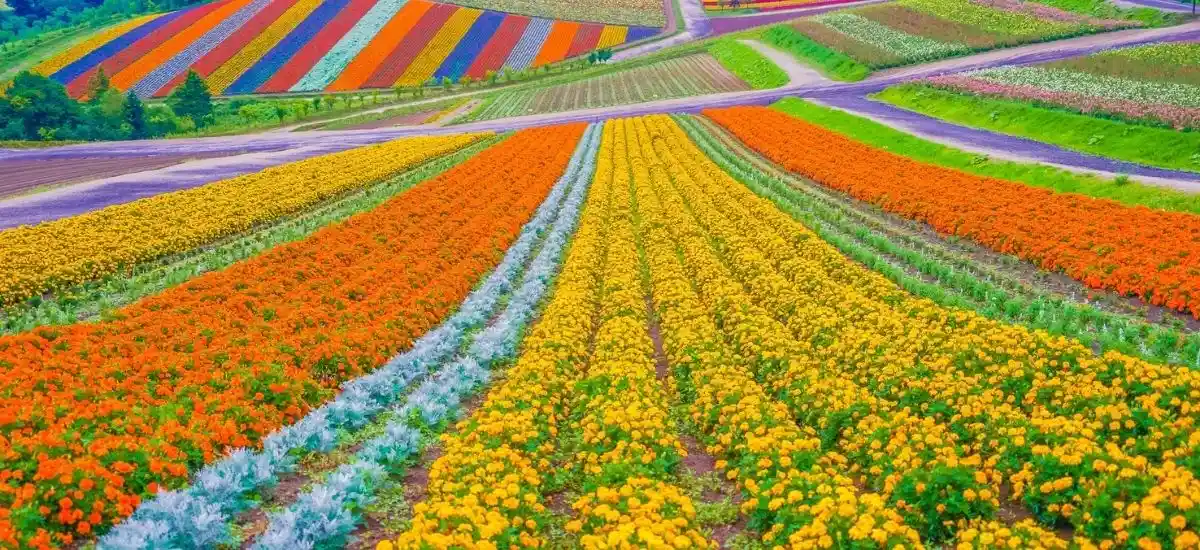
Japan’s northernmost island offers a different flavour of the country, with sweeping landscapes, rugged mountains, and icy winters. Known for its wildlife, hot springs, and powder snow, Hokkaido is nature’s spot, less crowded but equally rich in culture and beauty.
Things to Tick Off:
Sapporo Snow Festival – an annual winter spectacle with massive snow and ice sculptures.
Furano & Biei – picturesque countryside blanketed with lavender fields and rolling hills.
Shiretoko Peninsula – a UNESCO natural World Heritage site, teeming with brown bears and pristine coastlines.
Niseko – one of the world’s top ski resorts, attracting enthusiasts with its powder snow.
7. Okinawa – tropical, traditional, tranquil
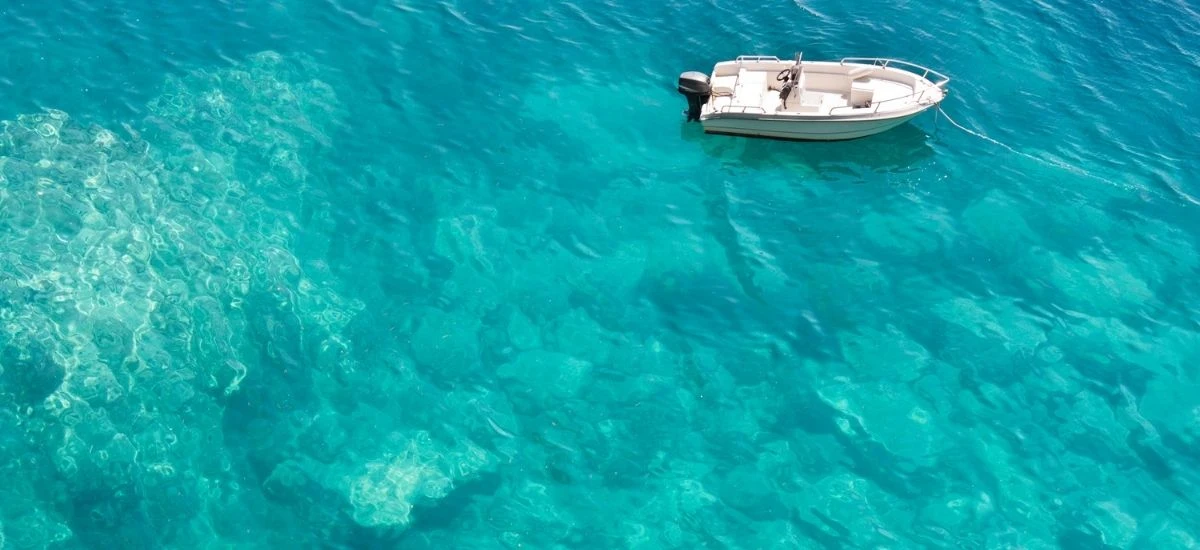
Closer to Taiwan than Tokyo, Okinawa feels like a different Japan. With turquoise waters, coral reefs, and a subtropical climate, it embodies island charm. It still retains the Ryukyuan essence, which makes it a completely different experience altogether.
Things to Tick Off:
Shuri Castle – former royal palace of the Ryukyu Kingdom, symbolising Okinawa’s unique heritage.
Kerama Islands – a marine paradise where visitors can dive among manta rays and sea turtles.
Churaumi Aquarium – one of the world’s largest aquariums, home to whale sharks and deep-sea life.
Okinawa World – showcasing traditional crafts, folk dances, and the underground Gyokusendo Cave.
Yonaha Maehama Beach – often ranked Japan’s most beautiful beach, it is made up of white sand and crystal-clear waters.
8. Nikko – ornate, spiritual, scenic

Located in the mountains near Tokyo, Nikko is a spiritual retreat rich in artistry and natural beauty. Once a centre of Shinto and Buddhist worship, it combines sacred architecture with waterfalls and forests, making it both a pilgrimage site and a nature escape.
Things to Tick Off:
Toshogu Shrine – a lavishly decorated mausoleum of Tokugawa Ieyasu, founder of the shogunate, is one of the favourite places of all tourists.
Shinkyo Bridge – the iconic vermilion bridge, long considered sacred in Japanese tradition.
Lake Chuzenji, formed by a volcanic eruption, offers hiking and boat rides.
Rinno-ji Temple – an ancient temple dating back to the 8th century, central to Nikko’s religious life.
9. Kanazawa – artistic, authentic, atmospheric
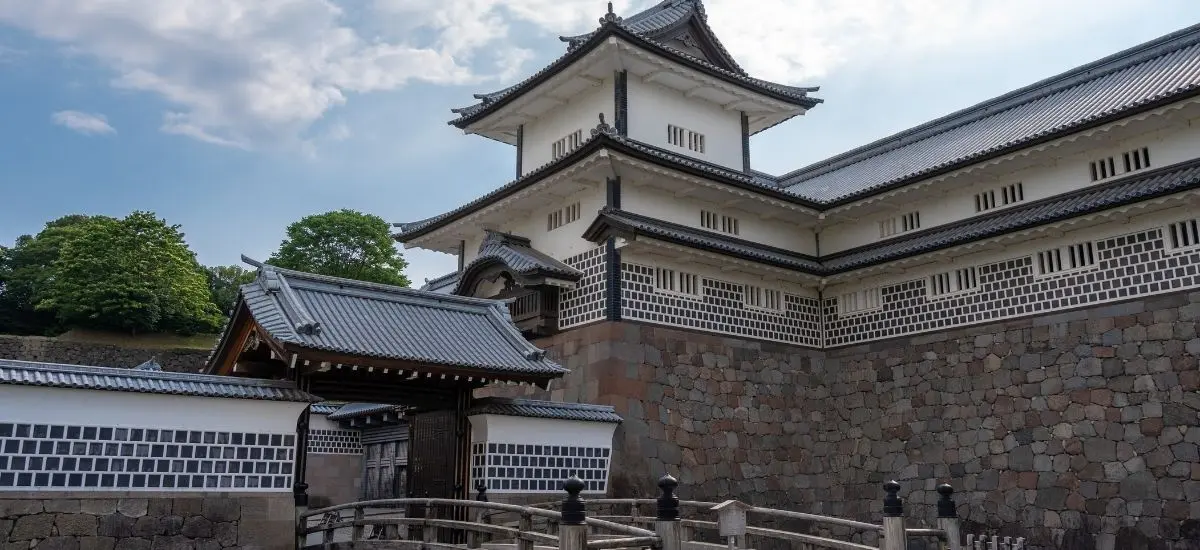
Kanazawa flourished as a castle town of the wealthy Maeda clan and today rivals Kyoto in cultural offerings without the same crowds. Its gardens, samurai quarters, and artisan traditions paint a vivid picture of Edo-period Japan.
Things to Tick Off:
Kenrokuen Garden – one of Japan’s “Three Great Gardens,” designed for harmony and seasonal beauty.
Kanazawa Castle – restored sections of the 16th-century seat of the Maeda lords.
Higashi Chaya District – a preserved geisha entertainment quarter with traditional teahouses.
Nagamachi Samurai District is a district that once housed the samurai families of Japan.
Food and Flavours of Japan

Japanese cuisine is one of the most celebrated cuisines in the whole world. All love sushi, takoyaki, okonomiyaki, and ramen bowls. Sweet mochi made up of glutinous flour with ice cream inside is a summer go-to. Hiroshima’s okonomiyaki layers noodles and sauce into a hearty delight, while Hokkaido is famed for fresh crab, miso ramen, and dairy products. Food is more than just a dietary requirement, it is a celebration of history, cultures and years of traditions.
Conclusion
Japan is a mosaic of contrasts: cities with the latest technology, temples as old as time, solemn memorials, and festivals celebrating life, snowy mountains, and tropical beaches.
Japan holds the capacity to make you feel at home or on a different planet simultaneously, it is a place where you feel connected to the future and the past, simultaneously.


